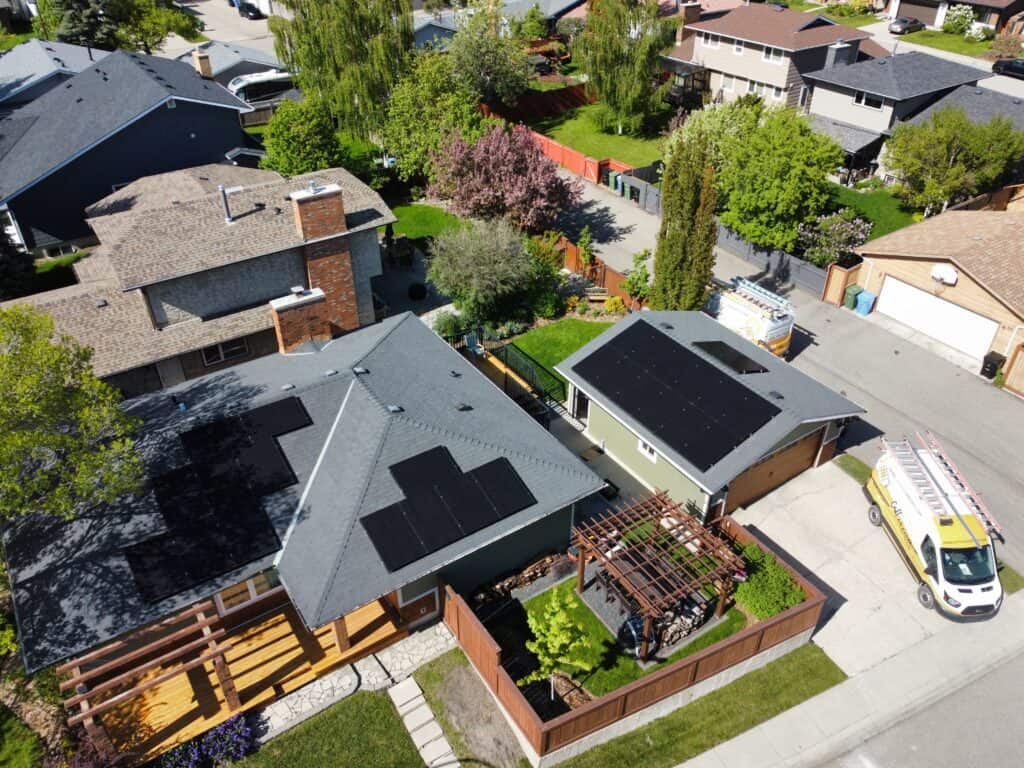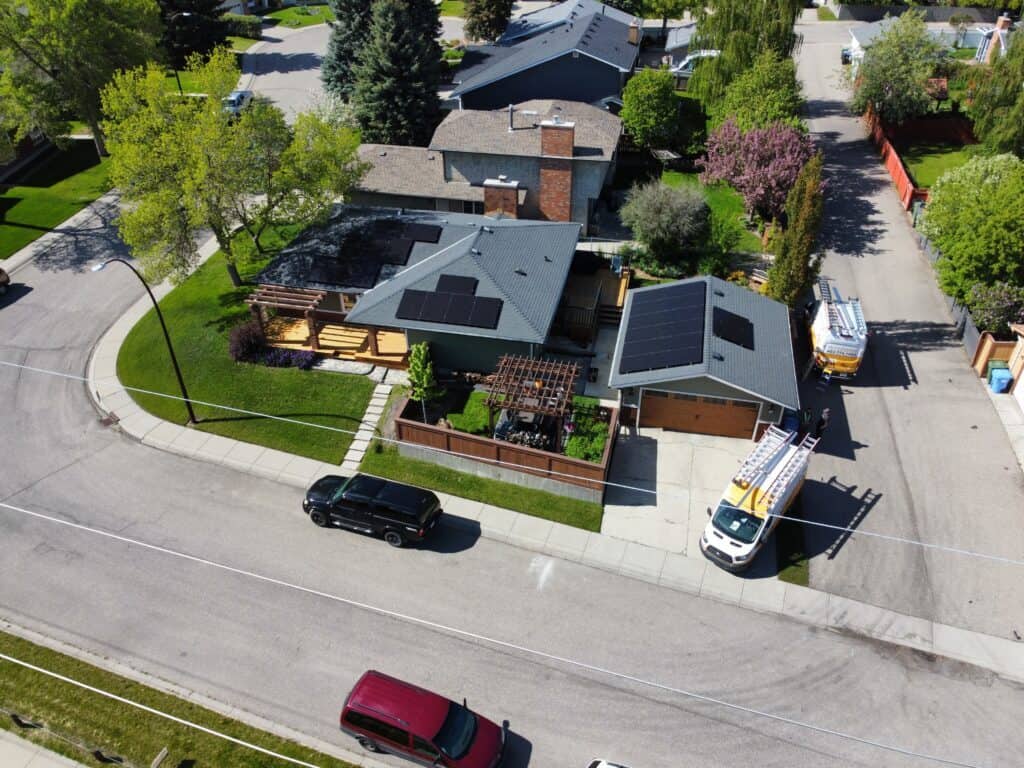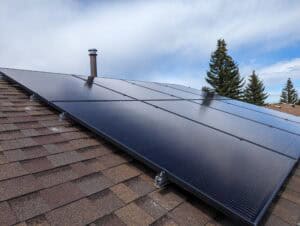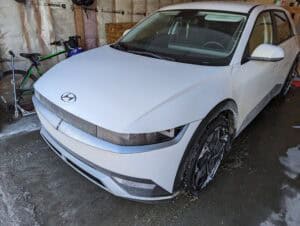Solar power is one of the cleanest and most reliable energy sources available today. Every hour, the sun sends enough energy to the Earth to power the entire planet for a year. A solar photovoltaic (PV) system captures a small portion of that sunlight and converts it into usable electricity for homes and businesses. Understanding how this system works will help you see why so many Calgary homeowners are switching to solar energy.
What Is a Solar PV System?
A solar PV system is a setup of solar panels, inverters, and wiring that converts sunlight into electrical power. “Photovoltaic” simply means converting light (photo) into electricity (voltaic). These systems can power lights, appliances, and even entire homes while reducing dependence on the electrical grid.
Modern solar power systems in Calgary are designed to be efficient, long-lasting, and nearly maintenance-free. With Alberta’s high number of sunny days each year, a properly installed PV system can offset a large portion of your home’s energy use and lower your monthly utility bills.
How Solar Panels Generate Electricity
At the heart of every PV system are the solar panels themselves. These panels contain photovoltaic cells made from layers of silicon, a material that becomes electrically charged when exposed to sunlight. Here’s what happens step by step:
- Sunlight hits the solar panel, and photons (light particles) strike the surface of the photovoltaic cells.
- Each photon knocks electrons loose from atoms within the silicon cells.
- Conductive materials attached to the top and bottom of each cell create an electrical circuit, allowing the freed electrons to flow through it.
- This flow of electrons produces direct current (DC) electricity.
The process is completely silent, clean, and continuous whenever the panels are exposed to sunlight. A larger array of panels simply produces more power.
From Direct Current (DC) to Alternating Current (AC)
Most household appliances use alternating current (AC) rather than direct current (DC). To make solar energy compatible with your home’s electrical system, the DC power generated by the panels must be converted into AC power. This is where the inverter comes in.
The Role of the Inverter
The inverter is often referred to as the brain of the solar system. It converts DC electricity into AC power that matches the voltage and frequency used in your home. It also monitors system performance and helps identify faults or inefficiencies. There are two main types of inverters used today:
- String Inverters: A single central inverter handles power conversion for an entire series of panels. They are efficient and cost-effective for most installations.
- Microinverters: These smaller inverters are installed on each individual panel, allowing for independent performance tracking and improved efficiency, especially when shading or snow affects part of the array.
Storing and Managing Solar Energy
Some homeowners choose to include battery storage with their solar system. Batteries allow excess electricity produced during the day to be stored for use at night or during power outages. A charge controller manages this process, ensuring batteries are charged safely without overcharging or draining too deeply.
Homes without batteries typically send excess energy back to the grid through a smart power meter. In Alberta’s net metering programs, this exported power earns credits that offset future electricity costs.
Peak Solar Power Production
While solar panels produce electricity throughout the day, they reach their maximum efficiency when the sunlight is strongest—typically around midday during the summer months. In Calgary, most systems experience 4 to 5 peak sunlight hours per day on average, which is more than enough to generate substantial energy year-round.
Key Components of a Solar PV System
- Solar Panels: Capture sunlight and convert it into DC electricity.
- Inverter: Converts DC into AC power for home use.
- Mounting System: Holds panels securely at the ideal angle to maximize sun exposure.
- Battery Bank (optional): Stores surplus electricity for later use.
- Smart Meter: Measures both the electricity you consume and the energy you send back to the grid.
- Safety Disconnects: Allow technicians to isolate parts of the system for maintenance.

Why Solar PV Systems Are Ideal for Calgary
Calgary enjoys more sunshine than almost any other major Canadian city, making it one of the best regions in the country for solar installations. With more than 330 sunny days per year, a well-designed solar PV system can generate clean energy for decades while protecting you from rising utility rates.
Start Your Solar Journey with Panel Upgrade Experts
At Panel Upgrade Experts, we design and install high-quality solar power systems in Calgary that are built to perform in Alberta’s climate. Our licensed electricians handle everything from panel installation to electrical service upgrades, ensuring your home is solar-ready and code-compliant.
Whether you are interested in lowering your energy costs, reducing your carbon footprint, or improving your property value, our team can help you make the switch to solar with confidence. Contact us today for a free solar estimate and start powering your home with clean, renewable energy.




